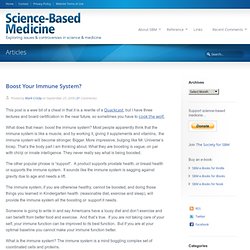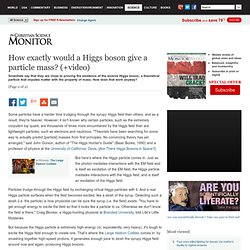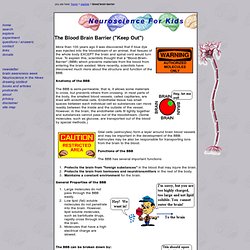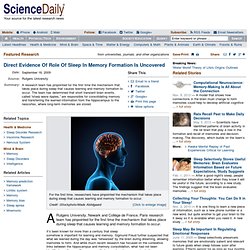

Future Society & Enviroment. Boost Your Immune System? This post is a wee bit of a cheat in that it is a rewrite of a Quackcast, but I have three lectures and board certification in the near future, so sometimes you have to cook the wolf.

What does that mean: boost the immune system? Most people apparently think that the immune system is like a muscle, and by working it, giving it supplements and vitamins, the immune system will become stronger. Bigger. More impressive, bulging like Mr. Universe’s bicep. The other popular phrase is “support”. The immune system, if you are otherwise healthy, cannot be boosted, and doing those things you learned in Kindergarten health (reasonable diet, exercise and sleep), will provide the immune system all the boosting or support it needs. Someone is going to write in and say Americans have a lousy diet and don’t exercise and can benefit from better food and exercise.
What is the immune system? There are blood components: Polymorphonuclear leukocytes, also known as white cells. The first is just made up. How exactly would a Higgs boson give a particle mass? (+video) Some particles have a harder time trudging through the syrupy Higgs field than others, and as a result, they're heavier.

However, it isn't known why certain particles, such as the extremely corpulent top quark, are thousands of times more encumbered by the Higgs field than are lightweight particles, such as electrons and neutrinos. "Theorists have been searching for some way to actually predict [particle] masses from first principles. No convincing theory has yet emerged," said John Gunion, author of "The Higgs Hunter's Guide" (Basic Books, 1990) and a professor of physics at the University of California, Davis.
[Are There Higgs Bosons in Space?] Subscribe Today to the Monitor Click Here for your FREE 30 DAYS ofThe Christian Science MonitorWeekly Digital Edition Particles trudge through the Higgs field by exchanging virtual Higgs particles with it. Blood brain barrier. More than 100 years ago it was discovered that if blue dye was injected into the bloodstream of an animal, that tissues of the whole body EXCEPT the brain and spinal cord would turn blue.

To explain this, scientists thought that a "Blood-Brain-Barrier" (BBB) which prevents materials from the blood from entering the brain existed. Brain Fitness News: June 2012 - ineedarose2 - Gmail. Direct Evidence Of Role Of Sleep In Memory Formation Is Uncovered. A Rutgers University, Newark and Collége de France, Paris research team has pinpointed for the first time the mechanism that takes place during sleep that causes learning and memory formation to occur.

It’s been known for more than a century that sleep somehow is important for learning and memory. Sigmund Freud further suspected that what we learned during the day was “rehearsed” by the brain during dreaming, allowing memories to form. And while much recent research has focused on the correlative links between the hippocampus and memory consolidation, what had not been identified was the specific processes that cause long-term memories to form. As posted online September 11, 2009 by Nature Neuroscience, György Buzsaki, professor at the Center for Molecular and Behavioral Neuroscience at Rutgers University, Newark, and his co-researchers, Gabrielle Girardeau, Karim Benchenane, Sidney I. Wiener and Michaël B. How Memory Works. How Memory Works PBS Airdate: August 25, 2009 NEIL DeGRASSE TYSON: Most of us hold in our minds, memories of our lives, so vivid that when we recall them, they seem real and indelible.

They're an essential part of who we are. But as we explore the mechanics of the brain, we're starting to learn exactly what these memories are made of. And it turns out a lot of it boils down to chemistry. As correspondent Chad Cohen reports, researchers are discovering the precise molecules that can create memories, as well as the molecules that can erase them forever. CHAD COHEN (Correspondent): This is the brain that, more than any other in history, has allowed scientists to make sense of your brain. With H.M.' Gallery @ ConnCad.com. NASA Voyager 1 spacecraft nears interstellar space. NASA's Voyager 1 spacecraft has encountered a new environment more than 11 billion miles from Earth, suggesting that the venerable probe is on the cusp of leaving the solar system.

The Voyager 1 probe has entered a region of space with a markedly higher flow of charged particles from beyond our solar system, researchers said. Mission scientists suspect this increased flow indicates that the spacecraft — currently 11.1 billion miles (17.8 billion kilometers) from its home planet — may be poised to cross the boundary into interstellar space. "The laws of physics say that someday Voyager will become the first human-made object to enter interstellar space, but we still do not know exactly when that someday will be," said Ed Stone, Voyager project scientist at the California Institute of Technology in Pasadena, in a statement.
"The latest data indicate that we are clearly in a new region where things are changing more quickly," Stone added. "It is very exciting. Far-flung spacecraft. Harvard Cell Animation.mp4. Protein Structure and Function - Part 1. Space by FranklinBR — a My Opera Slideshow.
Health.